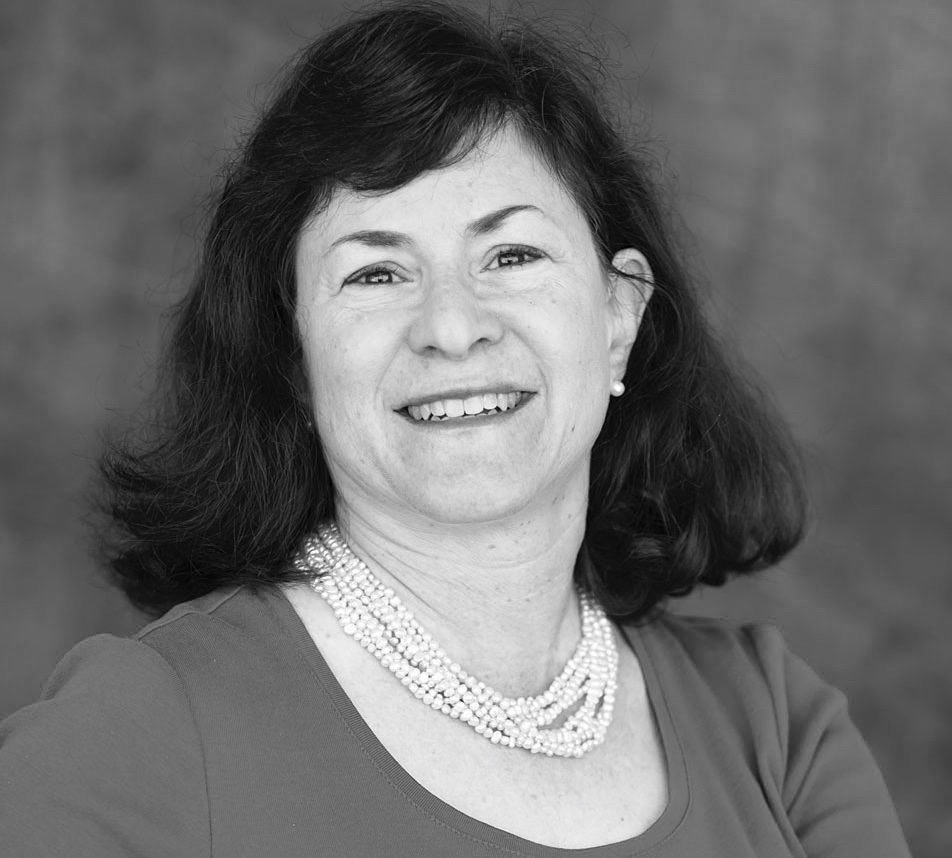“Still alive in day 5 of no power here in Lower Manhn, battery drain for every breath. Social media organizng svd mylife” – Tweet from Nick Dupree, artist, creator of “Dust Bunnies in Space”, disability advocate and living on a ventilator since 1994
(Note, his electricity finally came back earlier today, Nov. 3rd)
When the lights went out in their 12th floor Tribeca apartment in lower Manhattan, Nick Dupree and his partner, Alejandra Ospina, were faced with a huge crisis—how were they going to keep Nick’s lifesaving ventilator going? They had batteries on hand and a NY fire department station across the street with a generator, but the batteries needed changing every three hours, and Alejandra is also in a wheelchair. Evacuation was not a safe option.
Help arrived in the form of nearby friends, Facebook posts, tweets, and a network of other disability activists, all working together, some as far away as Boston, to make sure that Nick and Alejandra would have not just the batteries for the vent, for also for their cellphones and feeding pump, suction machine, oxygen concentrator & wheelchair that all needed power. They also needed distilled water for the machines plus food to eat and cash to buy other supplies, since ATMs without electricity weren’t working either.
Read the whole harrowing story here written by blogger and artist Crystal Evans-Pradha from Boston, who is a work-from-home-mom to her 2 year-old and uses a wheelchair due to mitochondrial myopathy (neuromuscular disease). She responded to Alejandra’s initial Facebook post and with a friend who worked for the Red Cross, took the 200- mile trek to NYC help deliver car batteries, distilled water and other needed supplies.
One lesson we can all learn from this story is that first-responders need to know who is the most vulnerable in different neighborhoods, and plan ahead how to get help to those people. Here in Los Angeles County, there’s a simple way to make sure people like Nick won’t be left alone – the Specific Needs Disaster Registry (SNAP).
But as we saw with Sandy, and what is likely to happen after a major earthquake in Southern California, we are advised to “to prepare themselves for up to 72 hours of self-sustained survival, should that become necessary.” During those three days, what will happen to the most vulnerable among us, such people with severe physical disabilities or the frail elderly? We will need to turn to our neighbors, our friends, and our faith-based and community organizations to knock on all the doors, and ask if any extra help is required. And if all else fails, there’s Facebook and Twitter.





















 More news and opinions than at a Shabbat dinner, right in your inbox.
More news and opinions than at a Shabbat dinner, right in your inbox.